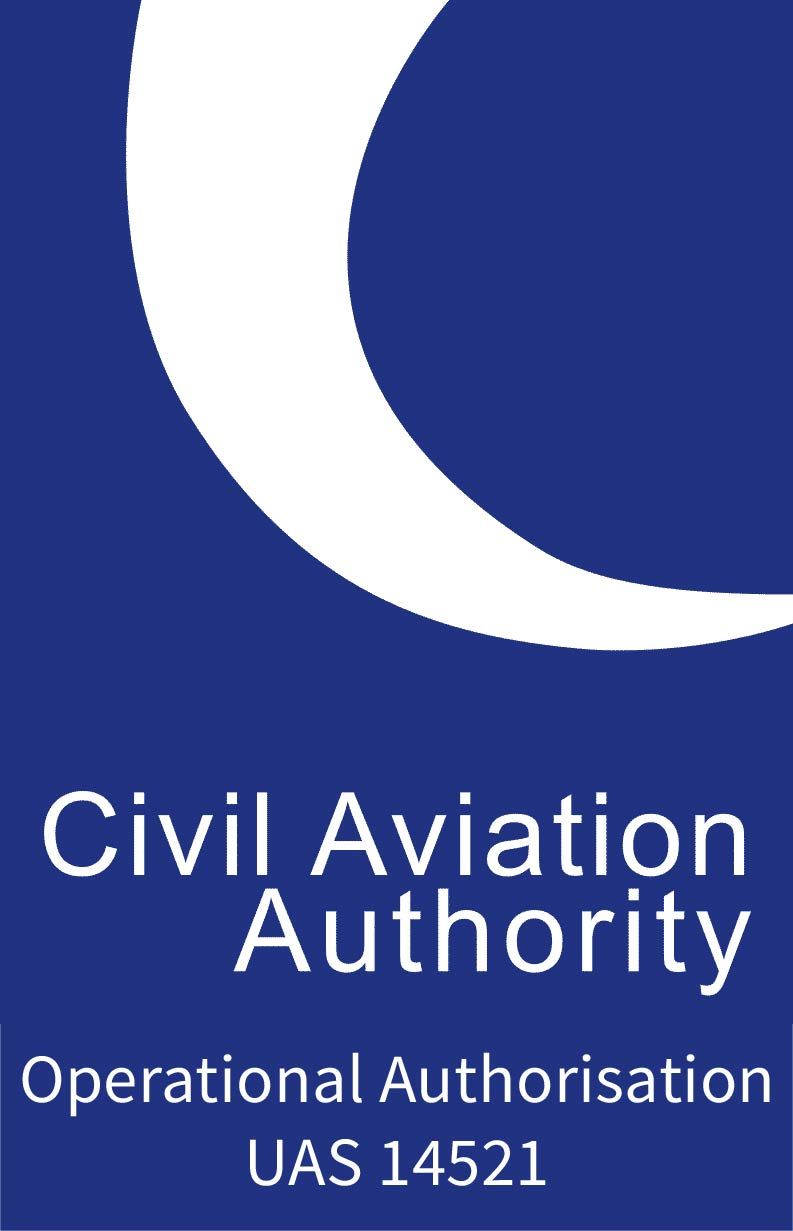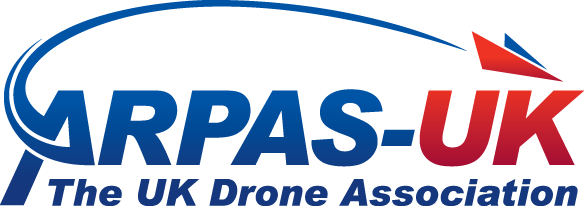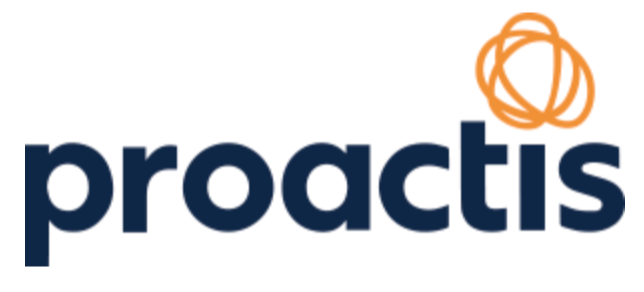Drone Survey Andover
Aerial Drone Survey Support
Drone Survey in Andover
Drone survey is a general term often used to describe several different and overlapping techniques:
- Structure and Asset Inspection - Employing drones to rapidly conduct inspections at height and places where workers are at risk. See the link for the Drone Inspection webpage.
- 2D Site Mapping - Using drones to quickly capture geo-tagged aerial imagery of a site then using GIS software to build photomaps and topographical maps, and other drone survey products. See the link for the Site Mapping webpage.
- 3D Site Mapping (Photogrammetry) - Developing the 2D map into a 3D model to transfer to CAD software for example. Or to take digital measurements including volumes of heaps and piles.
- All Services - There are also other use cases that sometimes come under the umbrella term Drone Survey. See our All Services webpage for the list and further info.
- Topographical and Land Survey Support - See here.

Land Survey Support in Andover
The process involves using a drone equipped with specialised sensors, such as cameras, high accuracy RTK enhanced GNSS/GPS, to capture aerial imagery and data that can be used to create accurate 2D or 3D maps of an area. Processed by photogrammetry and GIS software, drone products are extremely useful in support of many different use cases and industries.
Drone surveys are particularly useful for surveying large and complex sites; especially areas that are difficult or unsafe to access on foot. They can be used in a variety of active industries in the Andover area, including construction, asset inspection, agriculture, conservation, environmental monitoring, and many more.
One of the main advantages of drone surveys is their ability to capture high-resolution imagery and data quickly and efficiently. This allows for rapid data collection and analysis, which can lead to cost savings and improved accuracy compared to traditional surveying methods.
Drone surveys can also be used to capture data at different times, allowing for more frequent updates to maps and surveys. This is particularly useful for monitoring changes in land use or natural environments, such as tracking the growth of crops or changes in vegetation patterns.
However, drone surveys also require careful planning and execution to ensure their accuracy and safety. This includes ensuring that the drone is flown within legal and safety guidelines, properly calibrating and configuring the sensors, and properly processing and analysing the data to ensure its accuracy and usefulness.
In summary, drone surveys are a powerful and versatile tool for conducting land surveys, with the potential to improve accuracy and efficiency while reducing costs and risks.





